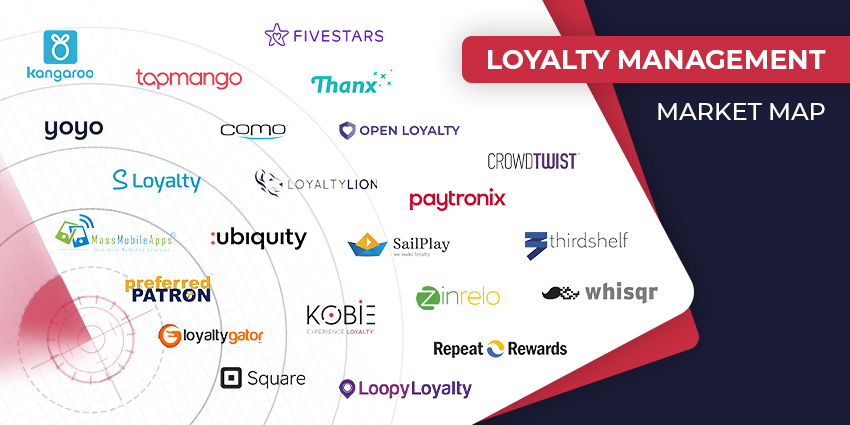Self-service has the potential to not only improve customer experiences but also reduce pressure on your live customer support channels. Studies suggest that for 59% of consumers, self-service is essential for brand loyalty. One of the top industries where self-service implementation is highly recommended is banking and financial services.
Why is Banking the Perfect Candidate for Self-Service Implementation?
There are some sectors where face-to-face interaction and in-person presence is absolutely central to the service experience – for example, healthcare or B2B buying.
Then you have banking and financial services, where a large number of customers iteratively opt for the same kind of services, remote processes are hugely convenient, and it is useful to have the service at your fingertips at all times. It is this high volume and ubiquitous nature of banking work that makes it the perfect candidate for self-service.
Self-service portals would allow banks to optimise their service teams – instead of routing them towards more variable (i.e., non-iterative) tasks like improving the quality of customer service through new strategies, driving upselling/cross-selling and handling exceptional cases. IDC analysts found that self-service CX, wherever implemented, has been highly successful in the banking industry by tapping into customers’ digital-first mindset.
Use Cases for Self-Service in the Banking Sector
Use cases for implementing self-service spans three crucial areas of operation – routine transactions, initiation of new services, and issue resolution.
- Self-service for routine banking transactions
This is the lowest hanging fruit when transitioning to self-service, as these tasks are highly repetitive, high-volume, and typically involve little to no exceptions. A self-service portal can use automated workflows to help customers check their account balance, changing their ATM password, viewing their weekly/monthly banking statement, and transferring funds. Self-service mobile apps are the best way forward for routine banking transactions.
Benefits: Physical branches face lesser workloads. Customers don’t have to travel to a branch every time they want to perform a routine task. Over time, there can be a rise in profitability due to more frequent transactions, thanks to a more convenient CX.
- Self-service initiation of new services
This is another high-potential use case, but with slightly more demanding security requirements. Customers can use self-service to apply for loans, open a new bank account, open a new investment account, or request financial advisory services. Advanced technologies like video KYC and voice biometrics authentication could streamline processes that previously needed a branch visit.
Benefits: Banks can achieve business growth by reaching customers across multiple channels and making it easier to obtain their products and services.
- Self-service resolution of customer issues
While highly complex or exceptional issues will require the intervention of a banking agent (at least telephonically), common bottlenecks like blocking/unblocking of cards, regular KYC verification, remittance holdup, later payment of credit card fees, etc., can be easily handled through self-service.
Benefits: CX is vastly improved as customers do not have to wait for a physical branch visit to address what might be a pressing matter. Pressure on banking agents to sort routine issues is also lessened.







